Sockeye salmon
Pacific Ocean, north-east and north-west (FAO 61|67)
Purse seines, Pots and traps, Handlines and pole-lines, Driftnets, Gillnets
- Jan
- Feb
- Mar
- Apr
- May
- Jun
- Jul
- Aug
- Sep
- Oct
- Nov
- Dec
There are many species that belong to the Salmonids or (Protacanthopterygii). Did you know trouts, smelts, and even pikes belong to the Salmon family? Salmonids occur in either salt and freshwater. Most species are well-specialized predators and live in temperate climate zones. Salmonids are ray-finned fishes and can be distinguished by the ‘fat-fin’ between the backfin and tail. They do not have spikes and the pelvic and pectoral fin are separated.
Salmonids are sold farmed and wildcaught. Wildcaught salmon comes from the Pacific. Almost all Atlantic salmon on sold is farmed. Since the 90s the farming of salmon increased dramatically. Norway, chile, Scotland, Canada and the Faroe islands are important farming countries for salmon. In both, wild-caught and farmed salmon problems in sustainability are prevalent.
Sockeye salmon, red salmon, kokanee salmon or bluebak salmon is one of the five salmon species that can be found in the northern Pacific Ocean and its adjacent rivers. Most salmon species are anadromous: they are born in fresh water (rivers) and migrate to sea where they spend most of their life. They return back to their birth grounds to spawn after 2-5 years. However, some sockeye populations live closed off from sea in lakes and rivers. Sockeye gets on average 45 cm long, with a maximum length of 45 cm and weighs 2.3 – 7 kg. Salmon only reproduce once in their lifetime, they die shortly after reproduction. Salmon are keystone species in the ecosystem and are a very important food source for birds, bears, otters and other wildlife.
Pacific Ocean, north-east and north-west (FAO 61|67)
Purse seines, Pots and traps, Handlines and pole-lines, Driftnets, Gillnets
Pacific Ocean, north-east (FAO 67)
Purse seines, Hooks and lines, Gillnets
Pacific Ocean, northwest (FAO 61)
Fykes
Pacific Ocean, north-east (FAO 67)
Deelgebieden: British Columbia
Purse seines, Hooks and lines, Gillnets
Pacific Ocean, northwest (FAO 61)
Driftnets
Pacific Ocean, northwest (FAO 61)
Gillnets
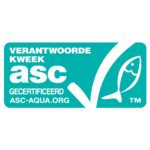
Fish with the ASC label is farmed in a sustainable manner.
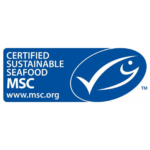
Fish with the MSC label is caught sustainably.
This fish is not being overfished or is being responsibly farmed, with minimal impact on the environment.
This fish is a second choice. There are still some improvements to be made in this fishery or fish farm.
Do not buy this fish. It's being overfished or the way it's farmed or caught has a negative impact on the environment.
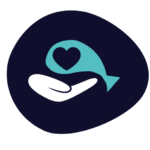
There is fish available of this species that is farmed or caught using high welfare standards.
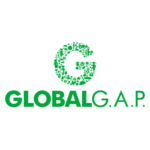
GlobalG.A.P. certified farms are doing a step in the right direction in terms of sustainability. A few species with this label are getting a better score on the VISwijzer.
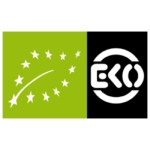
Organic standards are the strictest when it comes to fish feed. They also require certain measures for animal well-being.